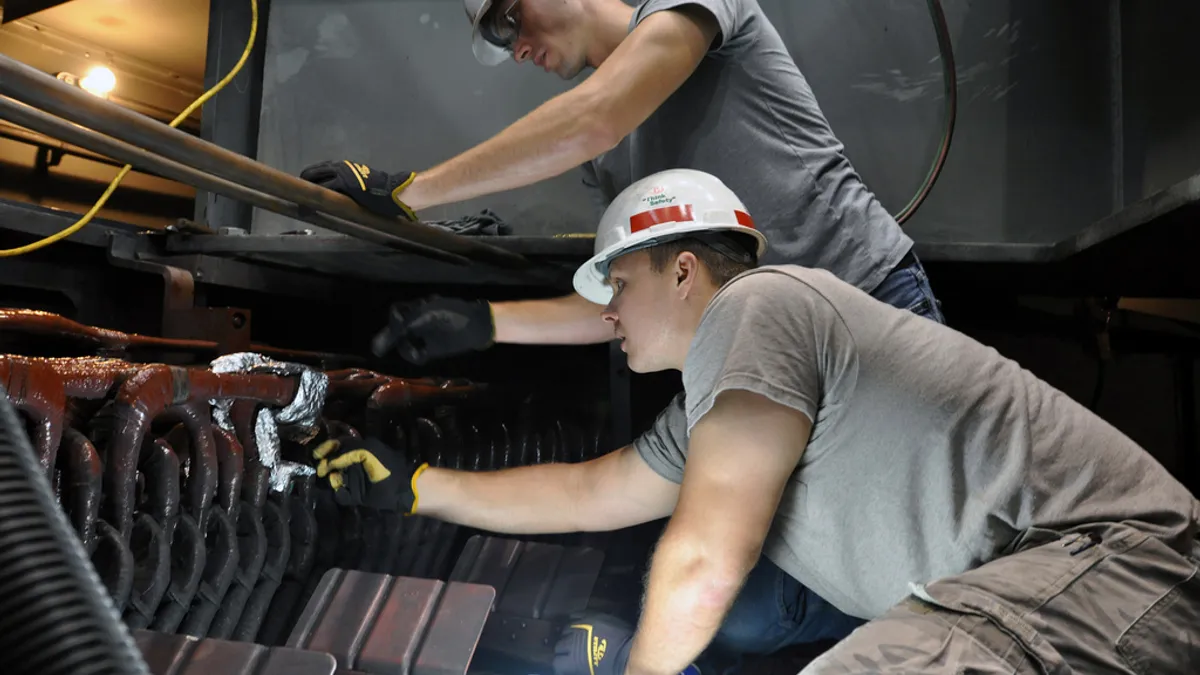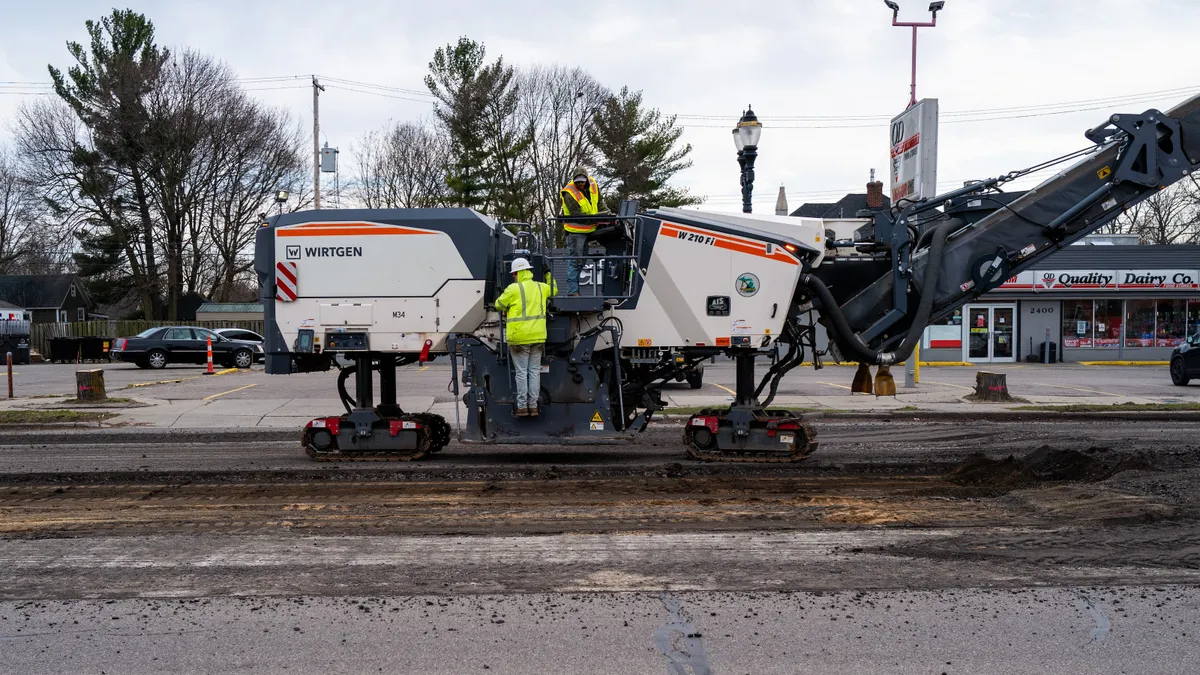Construction employers added 45,000 jobs in April, helping to fuel nationwide employment growth and push the country’s unemployment to its lowest level since May 2008.
April was the best month for construction employment since January 2014, U.S. Labor Department figures showed on Friday—and not just for job creation. Unemployment among construction workers fell to its lowest level since 2006.
The news was better than expected after the industry lost 9,000 jobs in March.
The construction industry added more jobs in April than any other industries except professional/business services and healthcare.
Bloomberg called the construction numbers “one clear bright spot.” Associated Builders and Contractors Chief Economist Anirban Basu called the report “a relief” and said the unemployment data “strongly suggested that employers viewed the recent bout of economic weakness as temporary.”
Nonresidential building
The soft spot in the otherwise buoyant report was nonresidential building, which lost 7,800 jobs last month, even as other construction sectors gained positions.
Still, job creation in non-residential building construction increased by 16,600, or 2.4%, since April 2014. And Robert Murray, chief economist for Dodge Data & Analytics, said he foresees a "favorable" future for nonresidential building jobs, based on healthy increases in commercial and institutional building starts in 2014.
Specialty trade contractors in the non-residential sector had a good month, however, adding 20,200 jobs for skilled carpenters, plumbers, electricians and others in April. In fact, the industry has added jobs for 76,400 nonresidential trades since April 2014.
Heavy and civil construction employers also came out ahead for the month, adding 8,400 jobs and putting employment in that sector up by 33,100 positions since this time last year.
Residential building
The residential sector added 2,800 jobs between March and April and 41,200 over the past year. That gain reflects an ongoing need in the homebuilding sector for employees—and the ongoing struggle both homebuilders and commercial contractors have had finding qualified workers.
Sales of existing homes were up in March, which most have said is a good sign for the coming months. An increasing number of signed contracts, of course, will spur additional employment in the construction sector as builders staff up to meet the projected demand for new homes.
"The housing numbers in this report are checking off all the boxes," Neil Dutta, head of U.S. economics at Renaissance Macro Research in New York, told Bloomberg. "None of these things would be happening if the housing market weren't picking up."
Homebuilding’s contribution to the positive April jobs numbers could reflect a bouncing back of the industry after an especially tough winter, which restricted housing starts and kept would-be buyers indoors and away from open houses.
As the weather has warmed and the industry has regained its footing, the need for residential specialty trades boomed last month, just as it did in the commercial sector. Construction employers added 20,800 jobs for residential trades in April—and 112,100 since April 2014, the Bureau of Labor Statistics reported.
Unemployment
Fewer construction workers were unemployed in April than during any month since 2006.
The BLS report showed that unemployment industry-wide dipped to 7.5% last month, a 2% improvement from March. A year ago, 9.5% of would-be builders, laborers and trades were unemployed.
The drop in the construction unemployment rate outpaced the national decline. Across all industries, unemployment edged downward to 5.4% in April from 5.5% in March. In April, employers across the board added 223,000 jobs, according to the BLS.
The coming of spring typically lowers construction unemployment, as the weather becomes friendlier to outdoor work. Along with positive residential job creation, the falling unemployment rate could be a sign that the industry is pulling out of a bad weather-induced winter slump, economists have speculated.
In fact, Basu noted, the improved numbers offer hope that construction spending will improve in the coming months, as projects delayed by frigid temperatures and record snowfalls “come to fruition.”
Filling the jobs
A plus in the job-creation column often creates a headache for construction employers trying to find qualified trades and employees, as an ongoing shortage of skilled labor continues to plague the industry.
But one industry’s loss is another’s gain this spring: The mining and logging industries lost 15,000 net jobs in April, making many of those skilled workers available to accept posts on construction job sites.
"While the loss of mining and logging jobs isn't necessarily a good thing for the economy, it has likely had a beneficial effect on construction employment," Basu said in a statement. He noted that the migration of displaced workers from those fields likely accounted for at least part of the decrease in the construction unemployment rate in April.
Still, the number of new jobs means it’s a good time for construction workers and those hoping to enter the industry to find well-paying positions.
Fortune reported that job openings in construction are growing at a faster pace than unemployment is dropping. The magazine quotes the latest JOLTS survey, which reported a 36% increase in construction openings year-over-year.
Still, the Associated General Contractors in January reported that 87% of construction companies feared they would have trouble filling professional positions and craft worker jobs.






















